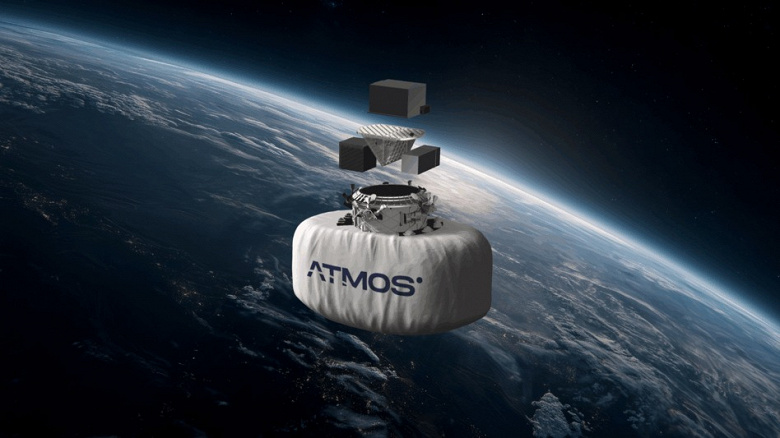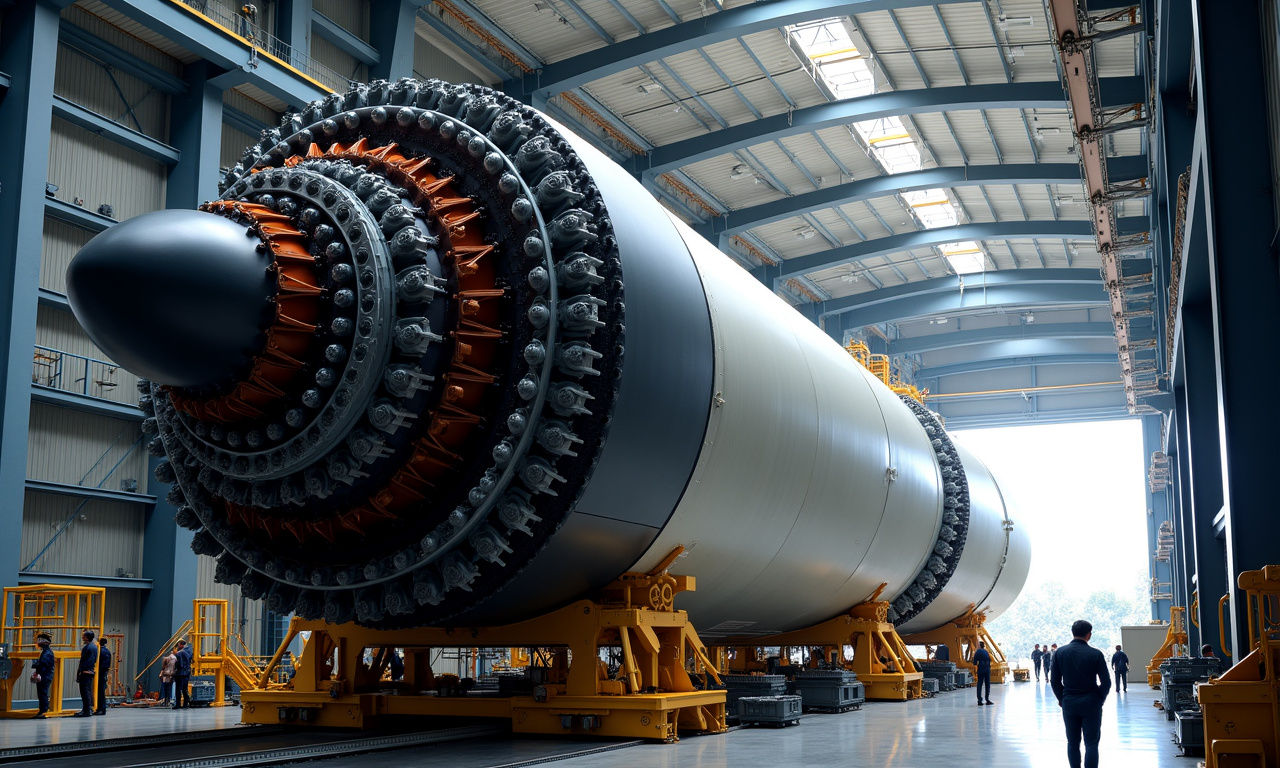Ambitious Mission Plans for 2026
German startup Atmos Space Cargo and Luxembourg-registered Space Cargo Unlimited (SCU) have announced ambitious plans for 2026 to launch their first joint orbital mission, which will bring a craft back to Earth. This initiative marks the first of seven autonomous flights where Atmos’s reusable Phoenix vehicle will serve as a platform for experiments and microgravity production for commercial clients. The 2026 mission will utilize the Phoenix 2, launched to orbit by a SpaceX Falcon 9 rocket through a rideshare mission.
During its weeks-long presence in low Earth orbit, Phoenix 2 will host SCU’s BentoBox module-a compact platform providing power, environmental control, and data transmission for payloads. The communication and ground segment infrastructure from Atmos will enable clients to monitor their experiments live. A crucial part of the mission concept is the controlled descent and return of results to Earth. Upon mission completion, Phoenix 2 will re-enter the Earth’s atmosphere, using an inflatable heat shield to slow down and protect the payload from overheating and g-forces. This approach aims to make orbital sample and material delivery more flexible and potentially less costly.

Unlike its predecessor, Phoenix 1, which landed off the coast of Brazil following a SpaceX-mandated route adjustment, Phoenix 2 is planned to splash down in the Azores (an autonomous region of Portugal) where Atmos will conduct their first-ever water recovery operation.
Strategic Partnership for European Sovereignty
The partnership between Atmos and SCU aims to create a ‘sovereign access to orbital services’ for European companies, providing independent infrastructure for microgravity research and production with return capabilities. Atmos CEO Sebastien Claus mentioned the goal is “to make microgravity production as regular and accessible as production on Earth, strengthening Europe’s sovereign access to orbit in the post-ISS era.” Companies view future missions as a test of a sustainable logistics model for the post-ISS era in the 2030s. Long-term goals for Atmos include increasing launch frequency to once a month and potentially opening a U.S. subsidiary.
With demand growing, Atmos technologies could be scaled for payloads of around 25 tons, laying the groundwork for large-scale ‘factories’ in orbit. Additionally, with the rapid development of the space industry, new partnerships and innovations in reusable spacecraft technology could further reduce costs and increase the feasibility of these frequent launches.









